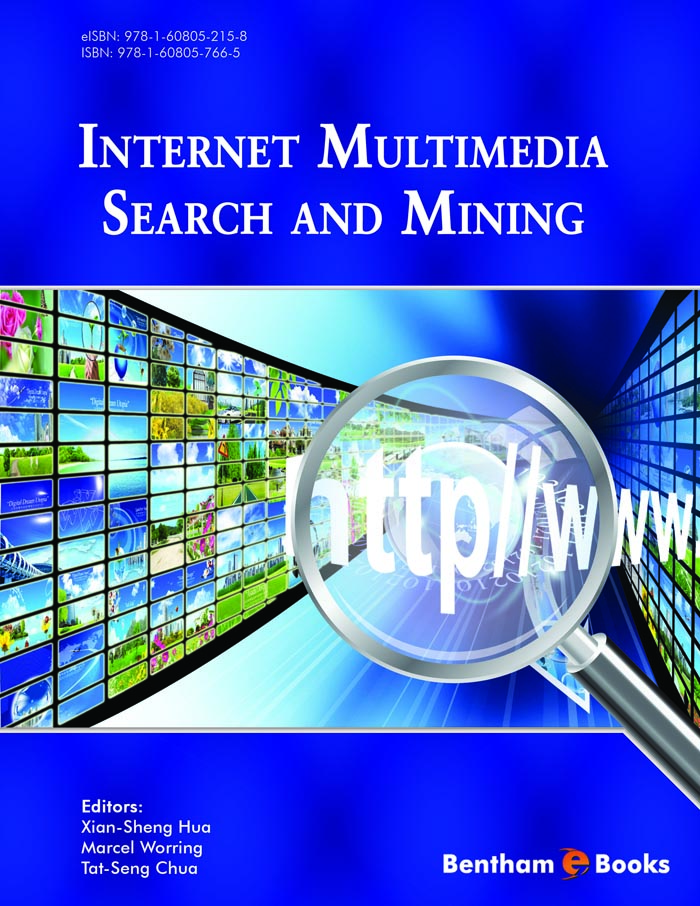Foreword
Multimedia information started receiving serious attention only about 20 years ago. It was that time that researchers started exploring how to deal with increasing volumes of multimedia document. The rise of search and mining of multimedia information grew in parallel to text search, but was slower in the early stages. In the last decade, it has accelerated to the stage where much of the new information being created is multimedia. Research in search and mining of multimedia contents has been intensifying over the last few years. The need for this technology has become essential, rather than just desirable, due to the volumes and diversity of information being created. Several factors have contributed to this surge in the volume of information and hence urgent need for research in multimedia search and mining. The first factor is the low-cost and widespread use of Internet and intelligent mobile devices. This allows most urban users to access, search and share media contents conveniently at any time and from any location. This gives rise to the second factor which is the popularity of media sharing services and mobile media apps. People are now sharing a huge amount of multimedia contents on the social network sites, though primarily on their personal activities, but increasingly include social events, social commentaries, and informational contents such as the “howto” videos. This offers a huge repository of multimedia and social contents that permits a wide variety of knowledge to be extracted to facilitate better media search, recommendation and social analysis applications. The third factor for the surge in media research is due to the maturity and success of some media technologies for internet applications. This includes media indexing, search, duplicate detection and recommendation techniques, which are adopted in many large-scale public search engines, media social sharing sites and online shopping sites. These partial successes motivated further research in internet media applications.
As a result of the above three factors, active research has gone beyond the traditional areas of media content analysis and search, to the new topics motivated by the emergence of social media and mobile devices. These include research on social media analysis and mining, techniques for Web-scale media indexing and sharing, personalization and recommendations, as well as new user interface and interaction techniques to meet the need of social mobile media applications. These ii works are currently reported in diverse forums, such as the latest conference proceedings and journals, and are not easily accessible and comprehensible to most people. There was an urgent need to bring together this variety of research into a single complied volume.
This is therefore a long awaited eBook that addresses a comprehensive range of modern topics in search and mining of multimedia contents over the internet. It organizes both the traditional as well as social media research topics into a structure suitable for both researchers and practitioners in the field. It will be of great benefits to the community as a useful guide for latest research and practices in this exciting emerging field. To make it useful and authoritative, this collection is edited by three very active researchers in the field who are expert in different aspects of multimedia search and mining. I believe that this eBook will be very useful to researchers in the field to find all relevant information at one place and thus be a strong reference source.
Ramesh Jain
University of California
Irvine USA

